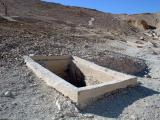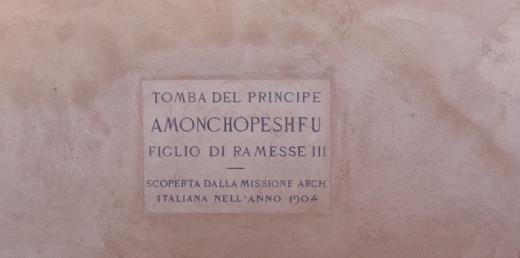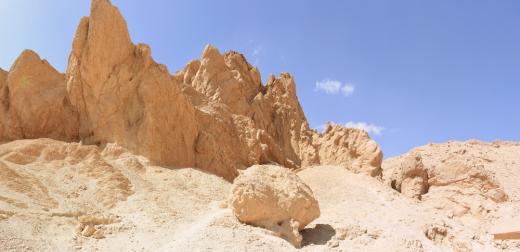QV 23
Anonymous
Entryway A
See entire tombShaft entrance has a modern cemented brick surround spanned by a metal grill.
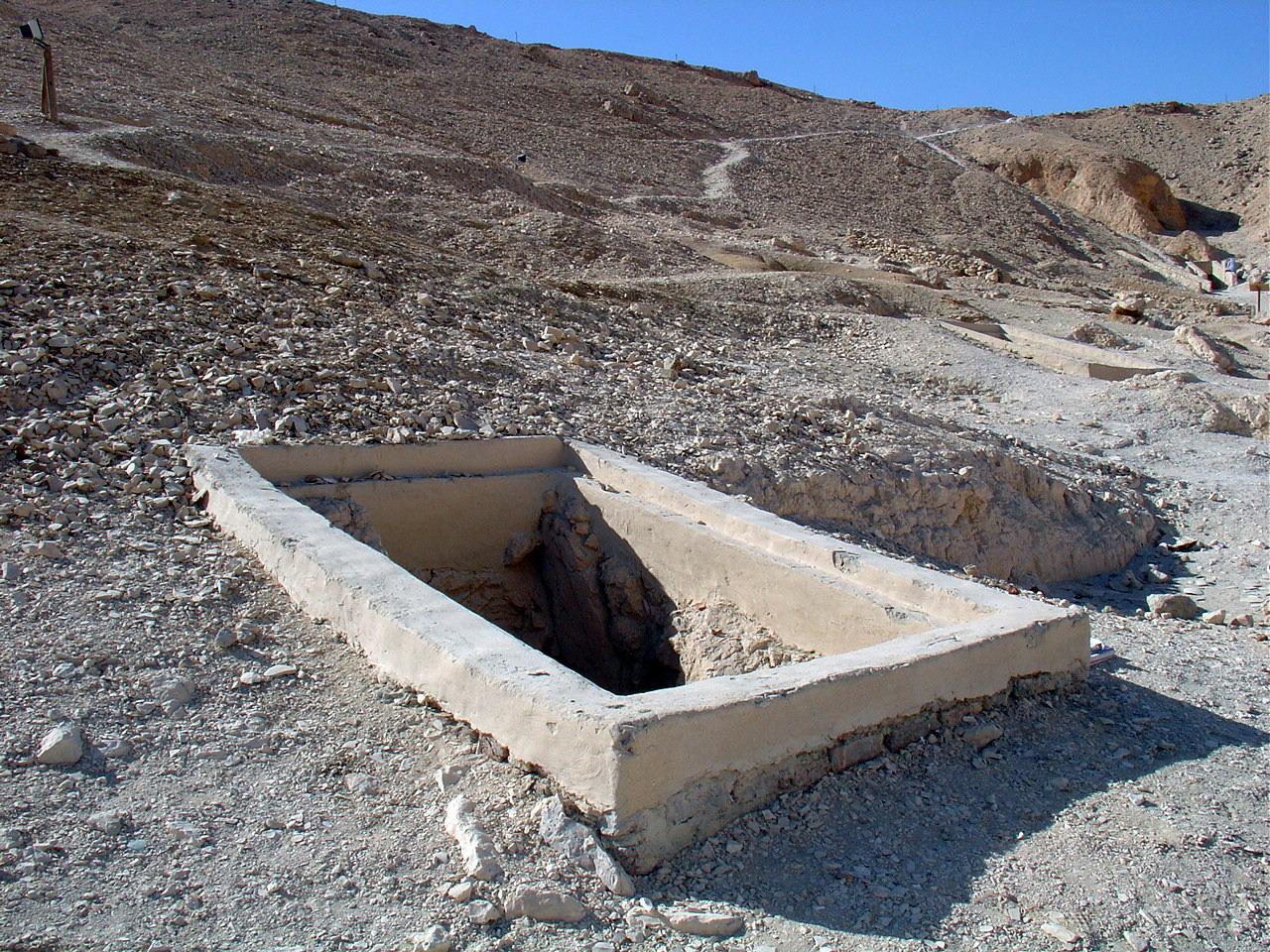
Chamber B
See entire tombLarge, rectangular roughly cut and undecorated chamber with blackened walls and ceiling surfaces.
Chamber C
See entire tombSmall roughly cut, undecorated side chamber with a rear niche and pit shaft in the southeast corner of chamber C.
Chamber Ca
See entire tombA small roughly cut and undecorated pit chamber that contained several mummies. The dimensions of the chamber are approximate.
About
About
QV 23 lies on a slight slope on the south side of the main Wadi, a few meters south of the principal pathway and near the SCA guard house. It has one main chamber (B) leading to a smaller chamber (C) at its rear. In this chamber (C) is a shaft leading to a lower side chamber (Ca). The main shaft (A) has a modern cemented brick surround spanned by a metal grill.
The tomb was not visited by Elizabeth Thomas. It was last cleared in 1987-88 by the Franco-Egyptian Mission. Archaeological material from this 18th Dynasty tomb suggests it was reused during the Third Intermediate Period.
Site History
The tomb was constructed in the 18th Dynasty and reused in the Third Intermediate Period.
Dating
This site was used during the following period(s):
Exploration
Conservation
Site Condition
According to the GCI-SCA, the tomb generally appears stable. It is cut into both marl and shale. The wall and ceiling surfaces in both upper chambers are blackened. Although this blackening made it difficult to assess the nature of the rock, it appears that the lower part of the main chamber (B) is cut into shale, with the upper part appearing to be marl. Most of rock in the main chamber is fractured. Bats were heard during the GCI-SCA inspection in 2006-2009, and are presumed to be roosting in the lower chamber (Ca). The tomb rock is vulnerable to significant damage in the event of flooding or water infiltration.

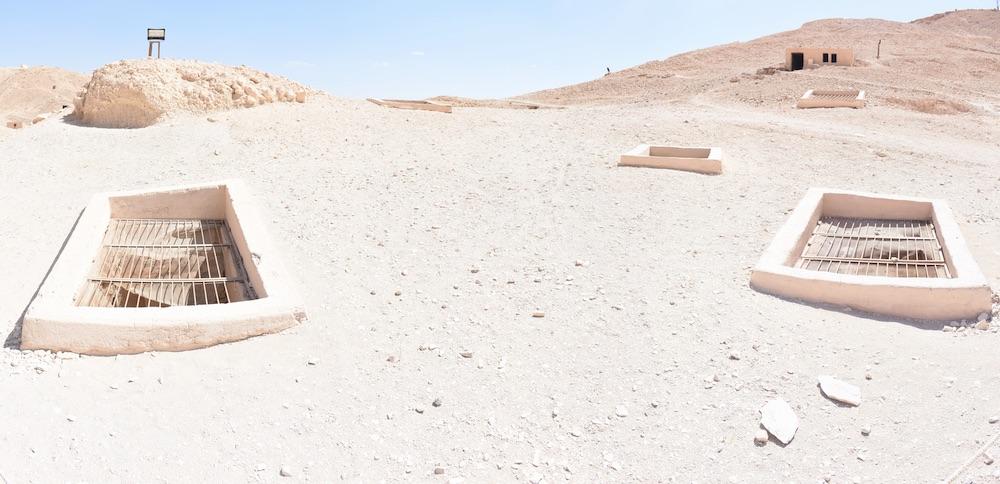


Articles
Tomb Numbering Systems in the Valley of the Queens and the Western Wadis
Geography and Geology of the Valley of the Queens and Western Wadis
Bibliography
Aston, D.A. The Theban West Bank from the Twenty-fifth Dynasty to the Ptolemaic Period. In: Nigel Strudwick, and John H. Taylor (Eds.). The Theban Necropolis: Past, Present and Future. London: British Museum, 2003: 138- 63.
Aston, David. Burial Assemblages of Dynasty 21-25. Chronology – Typology – Developments. Denkschriften der Gesamtakademie 54 = Contributions to the Chronology of the Eastern Mediterranean 21. Wien: Verlag der Österreichischen Akademie der Wissenschaften, 2009.
CNRS mission report: Centre national de la recherche scientifique (France). Rapport d'activité 1987-1988 URA no. 1064, 1987-1988.
Demas, Martha and Neville Agnew (eds). Valley of the Queens. Assessment Report. Los Angeles: The Getty Conservation Institute, 2012, 2016. Two vols.

